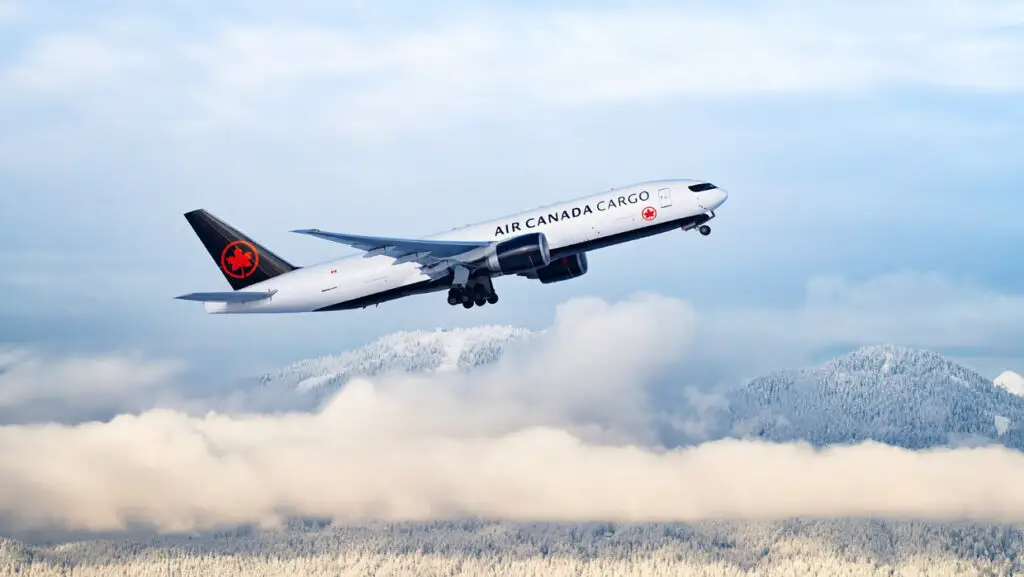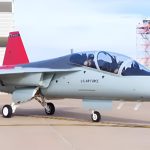Air Canada’s cargo division will add two Boeing 777F (Freighter) direct from its production line as of 2024, the company said. In this way, Canada’s largest airline reaffirms its commitment to an efficient fleet of its own freighter aircraft in a context of sustained growth in the segment globally.
It also mantains an order for six Boeing 767-300ERF (converted to freighter from their original passenger version). They will be added to the fleet as of 2023, as conversion processes are completed. The company currently operates two converted Boeing 767-300 (BCF), which have a cargo capacity of up to 53 tonnes.
During the pandemic, the European Aviation Safety Agency (EASA) issued approvals and exemptions for airlines to carry cargo in the cabins of their passenger aircraft. The growing demand for supplies, as well as the need for companies to generate revenue in the face of the massive suspension of much of their operations, prompted this measure.
In this context, Air Canada was one of the first operators to temporarily remove cabin seats from some of its aircraft in order to double its cargo capacity.
The agency finalised the authorisation on July 31th. Last May, Air Canada had already rescheduled the Airbus A330 and Boeing 777 passenger aircraft it had been using for cargo back to commercial flights. Initially, Boeing 767ERF would support the cargo operation.
However, this competitive and growing market is attractive to many industry players. The Canadian carrier is no exception, and the 777F will be part of its bid to consolidate its presence. The aircraft will allow it to expand cargo capacity on its existing network of destinations and add longer routes, thanks to the extended range of the model. They will be able to carry a maximum payload of 102 tonnes, with a range of up to 9.200 kilometres.
Recovery after a negative quarter
Despite the upward trend in air cargo movement, the carrier was affected by poor performance and fewer frequencies in major Pacific markets as a result of recent sanitary restrictions in China, Hong Kong and Japan.
Cargo revenues declined more than 16% year-on-year to 299 million Canadian dollars (232.553 million American dollars) between April and June.
As a result, additional capacity was reallocated to other markets. In the Americas, the carrier inaugurated dedicated cargo services to Miami (MIA), Guadalajara (GDL), Quito (UIO), Lima (LIM) and San Juan (SJU). It also landed in Europe with flights to Madrid-Barajas (MAD) and Frankfurt am Main (FRA). In the domestic market, it began operations to Halifax (YHZ) and St. John’s (YYT).
See also: Qantas Freight to add six new Airbus A321P2F to its fleet














